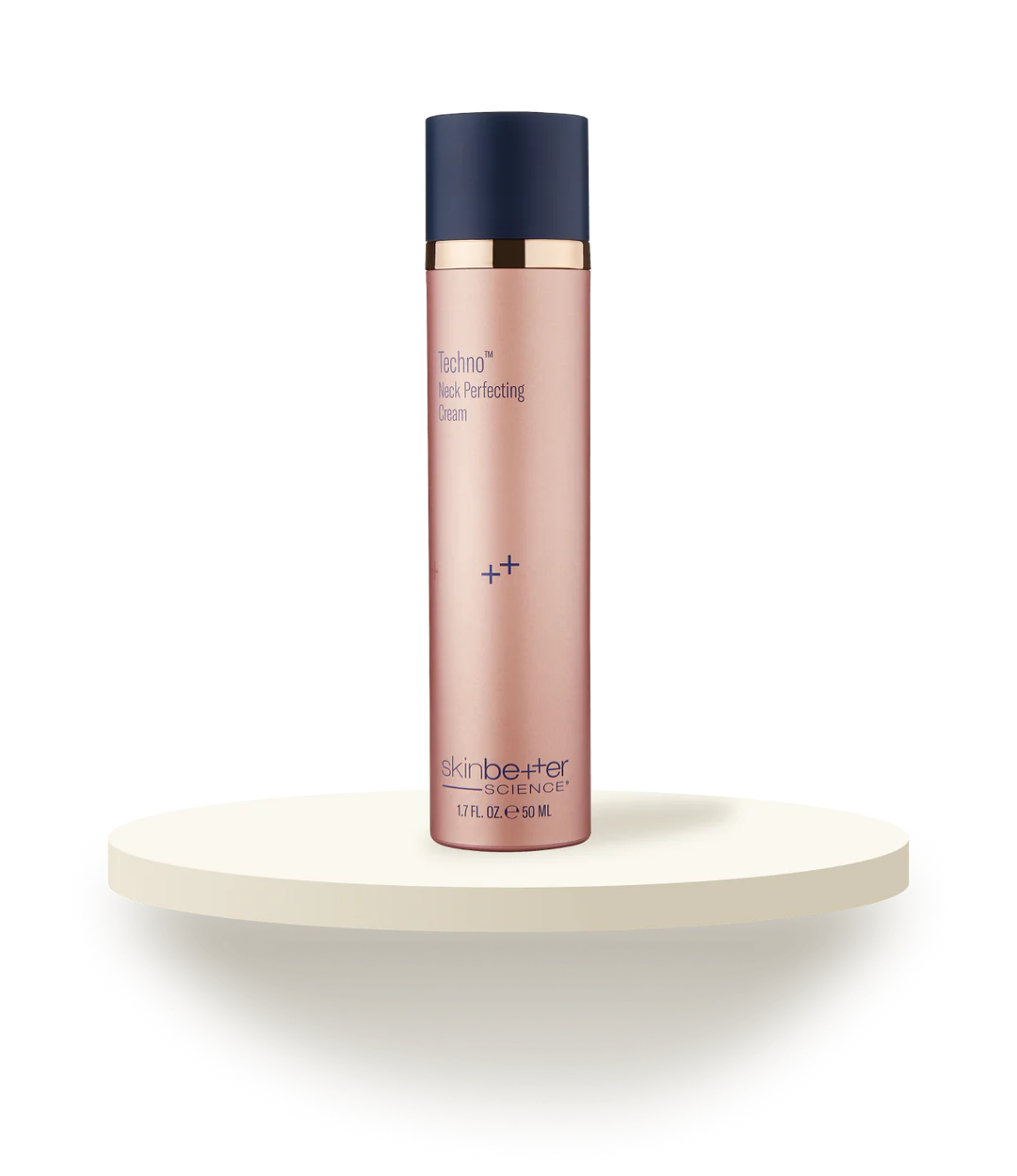Birthmarks & Moles
Have you ever received a stork bite? Are you the proud recipient of angel kisses? Do you have any idea what we’re talking about? Maybe if you keep reading you’ll be able to answer these questions.
Let’s start by making some things clear. Skin cancer is a very real concern. The American Academy of Dermatology has a ton of great information on understanding and assessing skin lesions. There are numerous types of skin lesions and many of them are entirely benign. All questionable skin lesions should be assessed by a healthcare provider. From a cosmetic perspective, however, benign skin lesions can be safely and effectively addressed by a plastic surgeon.
A quick but important side note: cancerous skin lesions can sometimes fall under the purview of a specialized dermatologic surgeon, especially when utilizing a Mohs surgery, which is the gold standard for removal of many common skin cancers.
Ok so to make things a little easier, let's review some very basic medical terminology for skin growths:
Those are the simplest ways to define the benign (meaning non-cancerous) skin lesions we will discuss on this page. Below is a brief overview of common non-cancerous skin lesions:
As briefly discussed above, most of these non-cancerous lesions have a genetic correlation. Birthmarks and moles especially are mostly correlated to your genetic makeup. Skin tags may have a genetic component, but they are commonly associated with obesity and type two diabetes mellitus. They can also appear in any individual in high friction areas of the body.
Some individuals may be more predisposed to seborrheic keratoses, however, anyone can develop them and they increase naturally with age. Lentigines are more often seen on the sun exposed face, neck, and shoulders of Caucasians.
In general, a good way to estimate how your skin will look as you age is to take a look at your parents. While environmental exposures will figure strongly in the appearance of aging skin, your genetic predispositions will as well.
Present at birth, these skin lesions can result from abnormal vasculature or skin pigmentation. They typically do not present any significant medical concern, however, depending on severity, they can be very aesthetically problematic. There are different types of birthmarks depending on the underlying cause.
The moles being discussed in this section are all benign meaning they are not malignant in and of themselves. From a health perspective, however, it is important to remember that the presence of certain moles can be correlated to an increased risk for skin malignancies. The best way to be diligent about skin health is to know and keep track of your unique skin lesions.
Skin tags most commonly appear to protrude away from the body connected by a thin stalk. They commonly appear on the eyelids, neck, upper chest, and under the arms. It is not entirely sure what causes skin tags, however, they typically appear in areas of high skin friction-underarms, skin folds, lower back. There is evidence to suggest that blood vessels and soft tissue may get “trapped” within thickened skin causing the skin tags to form. They are also associated with obesity and type two diabetes mellitus. (side note: we do not recommend cutting them off yourself no matter how industrious you are feeling)
These are the waxy, stuck on hyperpigmented lesions that seem to multiply as we age. Where there is one there is always more. They are the one of the most common skin lesions to occur in the aging population. There is no consensus on what exactly causes them, although it is believed there may be a correlation to sun exposure and genetics.
Lentigines is an umbrella term encompassing a myriad of lesions. In general, they are flat, hyperpigmented lesions that increase with age. They occur in the areas of your body that have accumulated the most sunshine over your life. They are, therefore, most commonly seen on the face, back of the neck, upper chest, and the backs of the hands.
In the case of non cancerous skin growths, the decision to pursue cosmetic treatment is entirely personal depending on the aesthetic you are seeking. For skin lesions that are in undesirable locations or cause significant aesthetic impacts, treatments to alleviate these concerns can benefit both appearance and confidence.
Birthmark Removal is a personal decision based on your desired aesthetic. For birthmarks causing significant aesthetic impact there are numerous ablative measures.
Moles that are overly pronounced or in awkward locations can benefit from a removal procedure. Moles are handled similarly to birthmarks.
Skin tags can be cosmetically and functionally frustrating-especially when they get caught on clothes. Simple procedures like cryotherapy, Ablative CO2 Laser, and Ablative Erbium Laser can effectively remove these lesions.
Let’s be honest seborrheic keratoses can really be unsightly. Fortunately a Shave Excision of a Mole, cryotherapy, Ablative CO2 Laser, and Ablative Erbium Laser are relatively simple and effective ways to remove these lesions.
Given lentigines have a proclivity for the most exposed areas of our bodies, their appearance can be very noticeable. Shave Excision of a Mole, cryotherapy, Ablative CO2 Laser, and Ablative Erbium Laser can remove these lesions and restore previous skin appearance.
For a comprehensive look at treatment options, you can check out our complete guide to birthmark, mole, and skin growth removal solutions.
